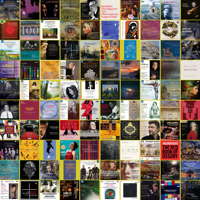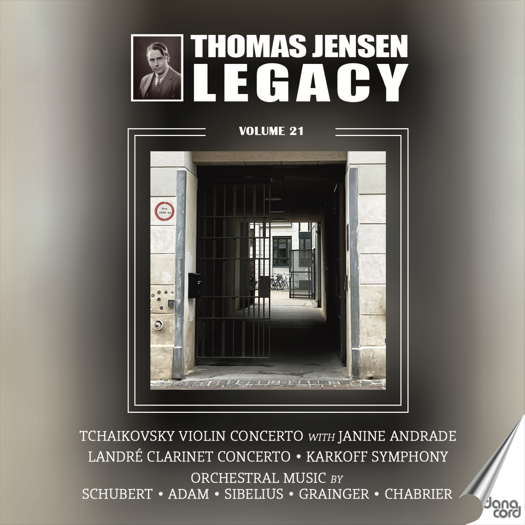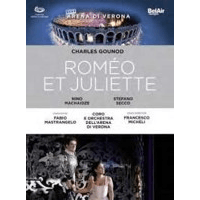 UPDATES: There's a new feature every day at Classical Music Daily. Read about the various ways we can keep in touch with you about what's happening here.
UPDATES: There's a new feature every day at Classical Music Daily. Read about the various ways we can keep in touch with you about what's happening here.

Thomas Jensen Legacy, Volume 21
DACOCD 931 (Danacord Records, CD, 2 discs)
COMPILATION (16 March 2024)
Playing time: 79'11"/75'43" - TT 154'54"
Tracks: 9 + 21
Booklet pages: 12
℗ 2024 Danacord Records
© 2024 Danacord Records
Main country of recording: Denmark
Reviewer: Gerald Fenech
Review of Thomas Jensen Legacy, Volume 21 published on 8 May 2024
Janine Andrade, violin (CD1 tracks 1-3)
Arne Møller, clarinet (CD1 track 9)
Danish Radio Symphony Orchestra (CD1, CD2 tracks 1-19 and 21)
Tivoli Symphony Orchestra (CD2 track 20)
Thomas Jensen, conductor
Thomas Jensen's connection with the Danish Radio Symphony Orchestra (DRSO) deepened during the early 1950s. The orchestra had come to international attention in concerts led by Fritz Busch at the 1950 Edinburgh Festival, and given a critically acclaimed account of Nielsen's Fourth in London under Launy Gröndahl the following year. In 1952 they embarked on an ambitious tour of the US, giving thirty-nine concerts in thirty-eight cities over forty-seven days. The punishing schedule did not suit the ageing Gröndahl, and the orchestra's members petitioned for Jensen to replace him. Sharing duties with Erik Tuxen, Jensen conducted twenty performances of Nielsen's Fourth Symphony, as well as works by Dvořák, Grieg and Richard Strauss. This led to a part-time post with the orchestra in 1953, and when Gröndahl retired in 1956 and Tuxen died the following year, Jensen was finally offered the coveted chair of permanent conductor in the autumn of 1957. However, Jensen, now close to sixty, was not the conductor he had been a quarter of a century earlier at an unsuccessful audition. He had begun to suffer from progressive deafness, and he quietly remarked to the musicians that his appointment with them might have come a little too late. The orchestra itself was beginning to feel the pressure of success, which demanded both more concerts and a more challenging repertoire, leaving its musicians less time to rehearse and perform the international repertoire that had made them renowned both in Denmark and beyond. Until Jensen's sudden and early death on 13 November 1963, he and the orchestra made a heroic effort to preserve and pass on a fast-vanishing heritage. They were the guardians of a performing culture derived from Nielsen, and from the orchestra's distinguished early conductors. After 1963, years passed without the DRSO engaging a permanent conductor, and both its playing and esprit de corps suffered accordingly. Thus the recordings in this series represent something of a last gasp of a lost tradition.


